When South Sudan, the world's 193rd nation, was formed by a long-awaited independence referendum on July 9, 2011, it was a time of jubilation. After decades of violence and scorched earth, it was supposed to be a promising rebirth.
Gazing upon the parades in Juba, members of the international community reassured themselves as the nation took its first steps. Growth would come quickly, many thought, believing with hope that South Sudan would chart a course far from the decades of fighting that lined the roads from Khartoum to Juba.
“This is a remarkable achievement," declared Joseph Deiss, the president of the United Nations General Assembly, as he welcomed the nation to the U.N. during the constitutional ceremony in the new capital. "A long-standing conflict has been stopped."
Although three years haven’t passed since Deiss’ declaration, South Sudan has faltered. At first the country wobbled, as political infighting agitated deep ethnic scars, before falling into full conflict. If there's any question of the serious humanitarian threat now facing South Sudan, the words of the United Nations' assistant secretary-general Toby Lanzer make the situation clear:
"The priority is to save lives now," Lanzer said in early February, requesting $1.27 billion in emergency funds to support those displaced by the outbreak of violence that started in December.
Seven million people — nearly 60 percent of South Sudan's population — teeter on the edge of a hunger crisis, a number that will inevitably grow with the arrival of the rainy season in April. More than 800,000 have fled their homes in the past eight weeks.
"We've been playing catch-up," Lanzer told the Los Angeles Times. "When there's enough water and latrines for 10,000 people, the number's gone up to 15,000. When there's enough for 15,000, the number's gone up to 20,000."
Italian photographer Fabio Bucciarelli is familiar with these grim statistics, having walked the golden-red soil of South Sudan numerous times in the past year and a half.
In February, Al Jazeera America commissioned Bucciarelli to photograph the growing refugee camps in Mingkaman, showing a slice of life of those displaced by the conflict. From there, he traveled to the Lakes State to photograph the Sudan People's Liberation Army (SPLA), documenting the South Sudanese national forces on patrol.
"These wars are hidden and quick," Bucciarelli told Al Jazeera America. "The images here are different, more subtle."













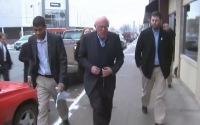
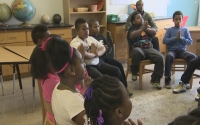
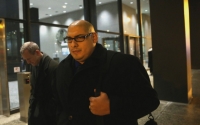
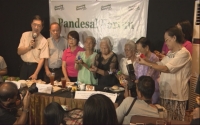
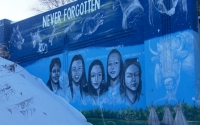


Error
Sorry, your comment was not saved due to a technical problem. Please try again later or using a different browser.